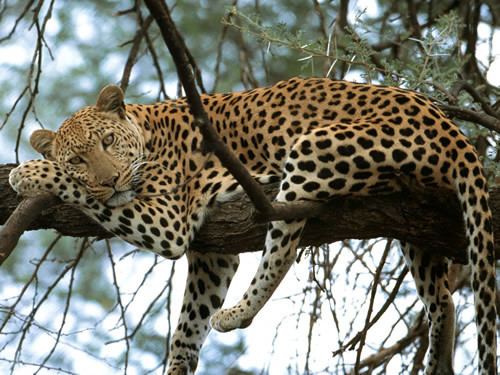 | ||
Mass Lion: 190 kg, Tiger: 90 – 310 kg, Leopard: 31 kg, Cheetah: 21 – 72 kg, Jaguar: 56 – 96 kg, Cougar: 53 – 100 kg Height Lion: 1.2 m, Tiger: 70 – 120 cm, Leopard: 45 – 80 cm, Cheetah: 66 – 94 cm, Jaguar: 63 – 76 cm, Cougar: 60 – 90 cm Speed Lion: 80 km/h, Tiger: 49 – 65 km/h, Leopard: 58 km/h, Cheetah: 110 – 120 km/h, Cougar: 64 – 80 km/h Lifespan Lion: 10 – 14 years, Tiger: 20 – 26 years, Leopard: 12 – 17 years, Jaguar: 12 – 15 years, Cougar: 8 – 13 years Length Lion: 1.7 – 2.5 m, Tiger: 2.5 – 3.9 m, Leopard: 90 – 160 cm, Cheetah: 1.1 – 1.5 m, Jaguar: 1.2 – 2 m, Cougar: 2.4 m Gestation period Lion: 110 days, Tiger: 93 – 112 days Representative species Lion, Tiger, Leopard, Cheetah, Jaguar | ||
Big cats animals series lion tiger the kids picture show fun educational learning video
The informal term "big cat" is typically used to refer to any of the four largest (living) members of the entire Panthera genus. Among the five total species within the Panthera genus, these four are the only cats that are able to roar. In descending order of their maximum potential size, these four species are: tigers, lions, jaguars, and leopards. A more liberal and expansive definition is sometimes used which may include the snow leopard, puma, clouded leopard, Sunda clouded leopard and/or cheetah, although these added species do not roar. The two clouded leopard species are considered an evolutionary link between big and small cats.
Contents
- Big cats animals series lion tiger the kids picture show fun educational learning video
- Big cat enthusiast owns six tigers and two lions
- Roaring
- Threats
- Conservation
- Species
- Evolution
- References
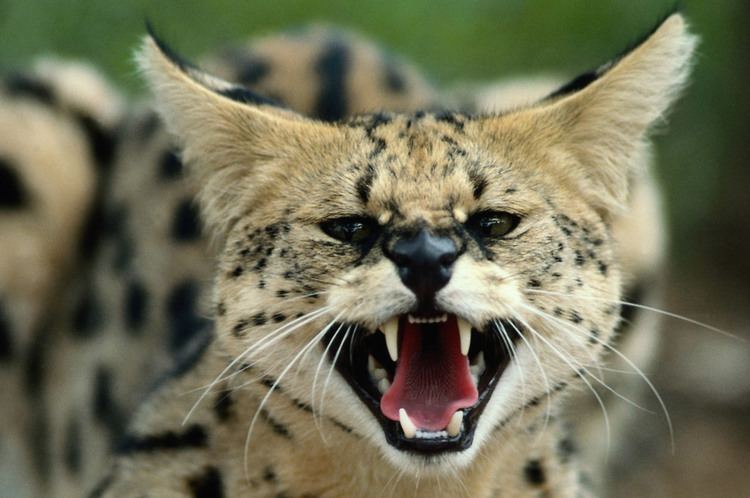
Despite enormous differences in size, various species of cat are quite similar in both structure and behaviour, with the exception of the cheetah, which significantly stands out from the other big and small cats. All cats are carnivores and efficient apex predators. Their range includes the Americas, Africa, Asia, and Europe.
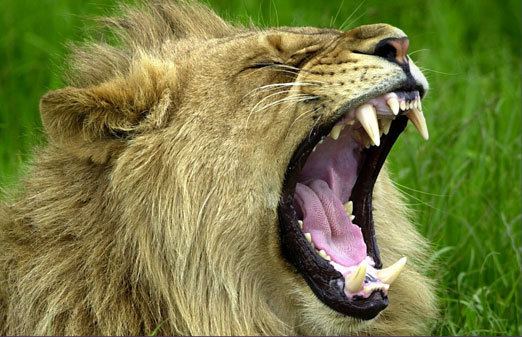
Big cat enthusiast owns six tigers and two lions
Roaring
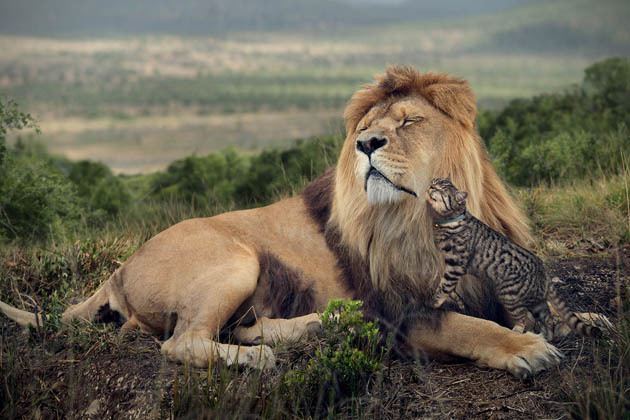
The ability to roar comes from an elongated and specially adapted larynx and hyoid apparatus. When air passes through the larynx on the way from the lungs, the cartilage walls of the larynx vibrate, producing sound. The lion's larynx is longest, giving it the most robust roar. All five extant members of the Panthera genus contain this elongated hyoid but due to differences in the larynx the snow leopard cannot roar.
Threats
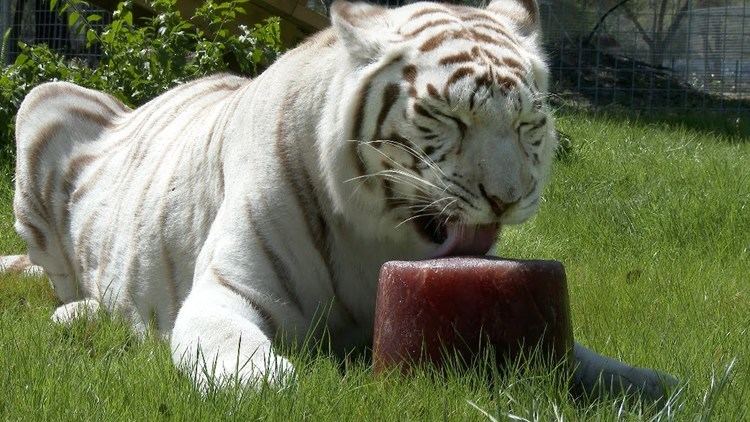
The principal threats to big cats vary by geographic location, but primarily are habitat destruction and poaching. In Africa many big cats are hunted by pastoralists or government 'problem animal control' officers. Certain protected areas exist that shelter large and exceptionally visible populations of lions, hyenas, leopards, and cheetahs, such as Botswana's Chobe, Kenya's Masai Mara, and Tanzania's Serengeti. Rather, it is outside these conservation areas where hunting poses the dominant threat to large carnivores.
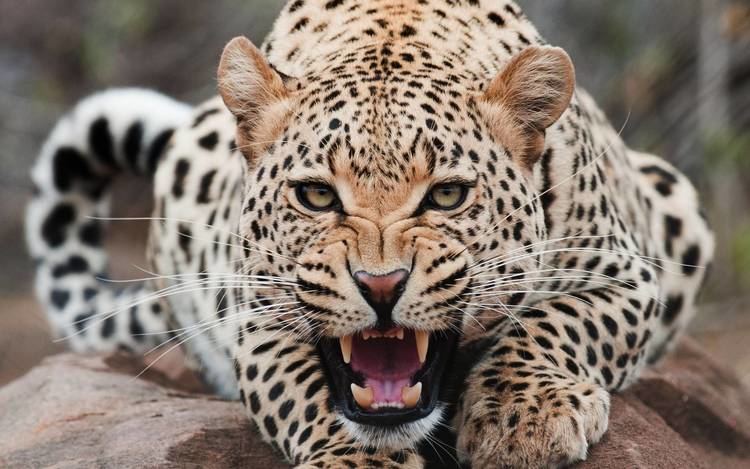
In the United States, 19 states have banned ownership of big cats and other dangerous exotic animals as pets, and the Captive Wildlife Safety Act bans the interstate sale and transportation of these animals. The initial Captive Wildlife Safety Act (CWSA) was signed into law on December 19, 2003. To address problems associated with the increasing trade in certain big cat species, the CSWA regulations were strengthened by a law passed on September 17, 2007. The big cat species addressed in these regulations are the lion, tiger, leopard, snow leopard, clouded leopard, cheetah, jaguar, cougar, and any hybrid combination any of these species(liger,tigon,etc) that results from breeding of these big cats. Private ownership of these big cats is not prohibited by this law but the law does make it illegal to transport, sell, or purchase them in interstate or foreign commerce. Although these regulations seem to provide a strong legal framework for controlling the commerce involving big cats, international organizations such as the World Wildlife Fund (WWF) have encouraged the U.S. to further strengthen these laws. The WWF is concerned that weaknesses in the existing U.S. regulations could be unintentionally helping to fuel the black market for tiger parts.
Conservation

An animal sanctuary provides a refuge for animals to live out their natural lives in a protected environment. Usually these animal sanctuaries are the organizations which provide a home to big cats whose private owners are no longer able or willing to care for their big cats. However, use of the word sanctuary in an organization's name is by itself no guarantee that it is a true animal sanctuary in the sense of a refuge. To be accepted by the United States Fish and Wildlife Service (FWS) as a bona fide animal sanctuary and to be eligible for an exemption from the prohibition of interstate movement of big cats under the Captive Wildlife Safety Act (CWSA), organizations must meet the following criteria:
Species
Evolution
A 2010 study published in Molecular Phylogenetics and Evolution has given insight into the exact evolutionary relationships of the big cats. The study reveals that the snow leopard and the tiger are sister species, while the lion, leopard, and jaguar are more closely related to each other. The tiger and snow leopard diverged from the ancestral big cats approximately 3.9 Ma. The tiger then evolved into a unique species towards the end of the Pliocene epoch, approximately 3.2 Ma. The ancestor of the lion, leopard, and jaguar split from other big cats from 4.3–3.8 Ma. Between 3.6–2.5 Ma the jaguar diverged from the ancestor of lions and leopards. Lions and leopards split from one another approximately 2 Ma. The earliest big cat fossil, Panthera blytheae, dating to 4.1−5.95 MA, was discovered in southwest Tibet.
